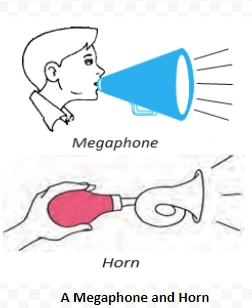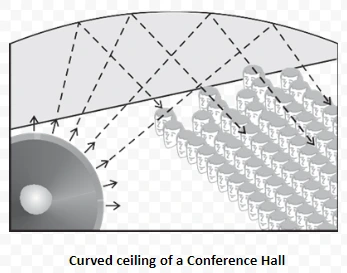![]() December 15, 2023
December 15, 2023
![]() 361
361
![]() 0
0
The phenomenon of sound reflection plays a crucial role in our auditory experience. When sound waves encounter a surface and bounce back, it’s known as reflection. This occurrence is fundamental in understanding acoustics, shaping the way we perceive sound in diverse environments, from concert halls to everyday surroundings.
Loudness of sound is proportional to the square of the amplitude of the vibration producing the sound. For example, if the amplitude becomes twice, the loudness increases by a factor of 4. The loudness is expressed in a unit called decibel (dB). The following table gives some idea of the loudness of sound coming from various sources.
Normal breathing 10 dB
Soft whisper (at 5m) 30 dB
Normal conversation 60 dB
Busy traffic 70 dB
Average factory 80 dB
Above 80 dB the noise becomes physically painful.



<div class="new-fform">
</div>

Latest Comments